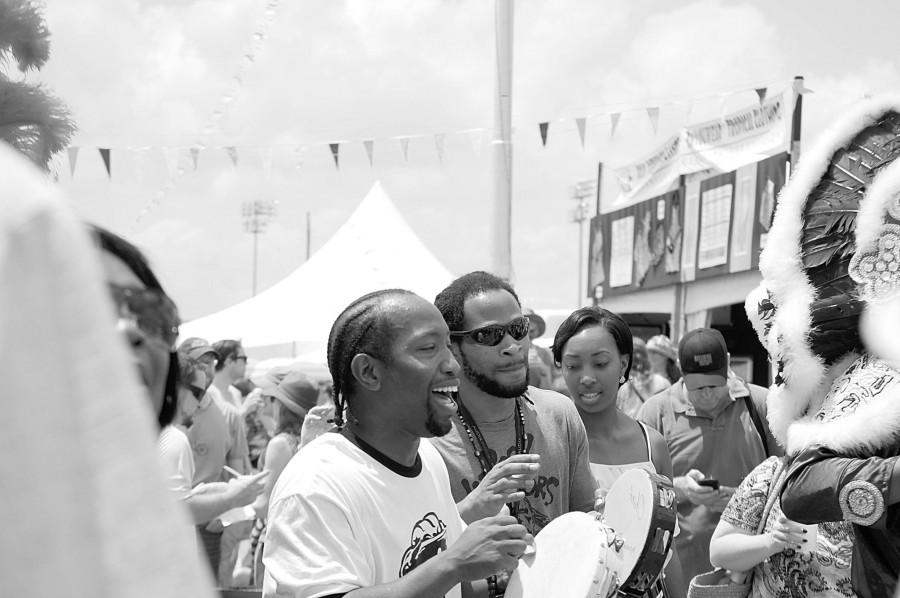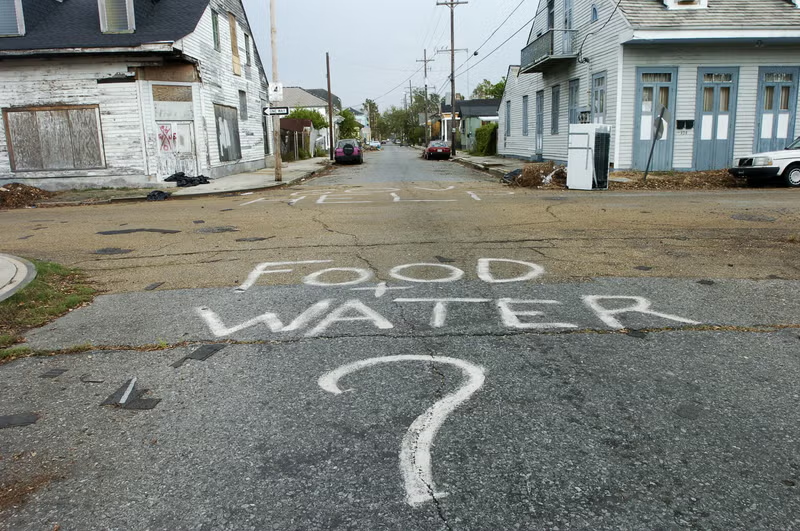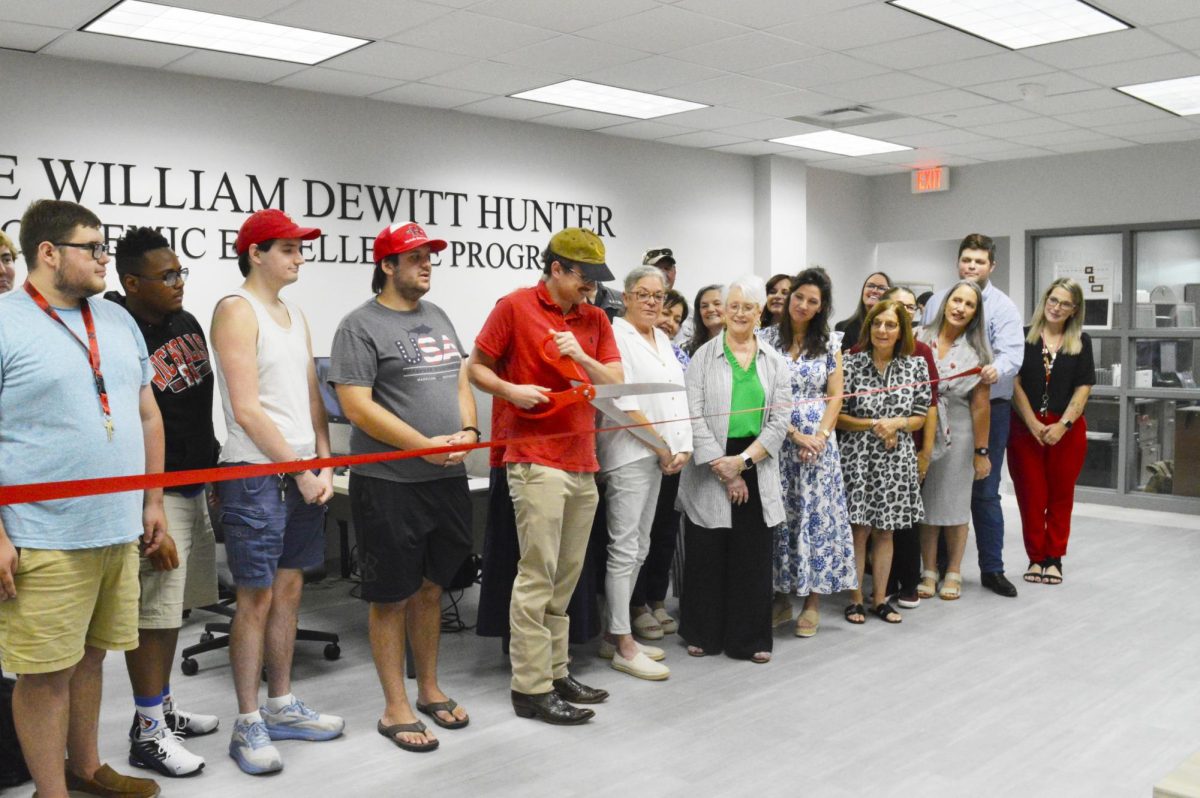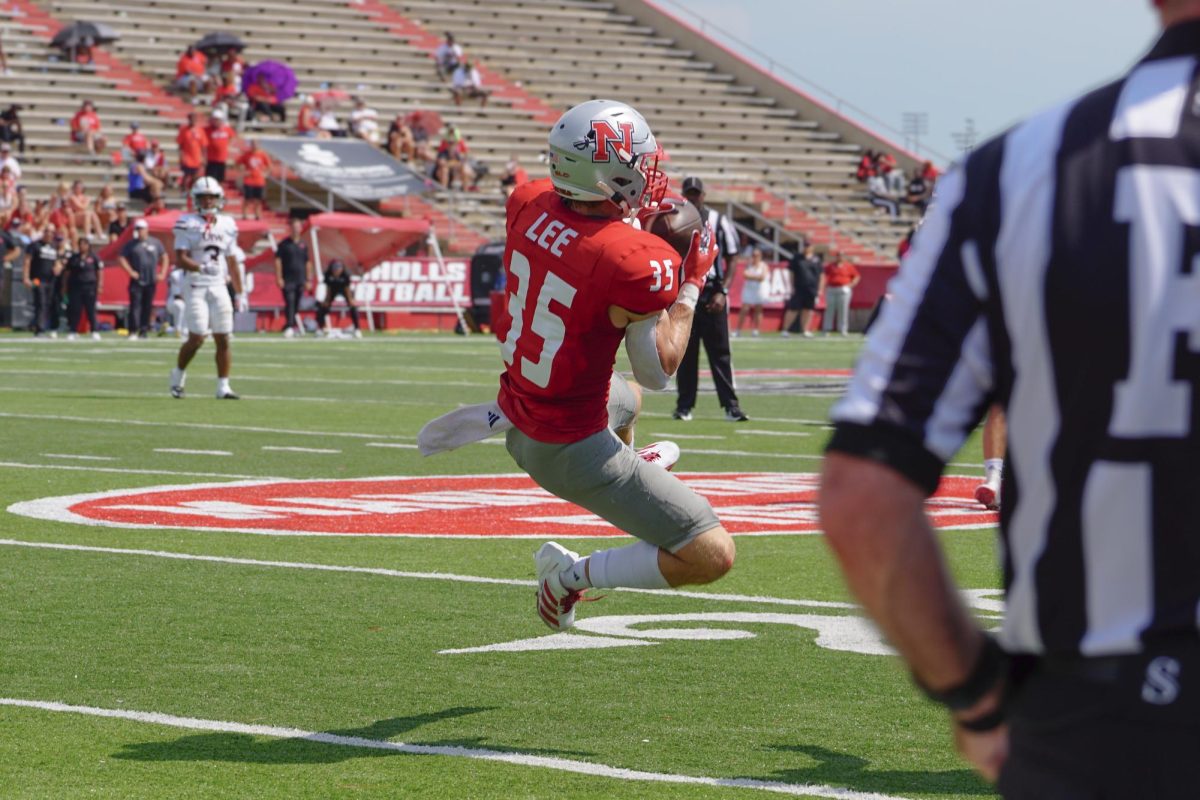Each year, droves of locals and out-of-towners clad in flip-flops and tank tops flock to the New Orleans Fairgrounds and Racetrack to experience what undoubtedly is one of the biggest musical attractions in the Big Easy: The New Orleans Jazz & Heritage Festival.
The spring attraction began in 1970 when festival producer and American jazz promoter George Wein put together a group of advisors, including Jazz giant Ellis Marsalis, to converge the city’s most notable musical genre with the rich culture procured in the state. The group of advisors also included Tulane University Archive employee Allison Miner and intern Quint Davis, both of whom recruited performers from clubs in the city and are largely credited as the major factors in the successful festival operations. Today, the interviewing stage is named for Miner, who died in 1995 and established the New Orleans Jazz and Heritage Foundation Archive. Davis is the CEO of Festival Productions, Inc., the company responsible for the seven glorious days bringing music lovers together each year.
“I love clarity that results when finally stepping onto the Fair Grounds @jazzfest,” Times-Picayune music writer Keith Spera tweeted on the first day of this year’s fest. That feeling is hard to imagine for anyone who has unfortunately not attended the event before. However, once you walk beneath the yellow and orange archway at the entrance of the fairgrounds, it all becomes clear.
Among the dust from the track and the often-muddy portions of the saturated ground, thanks to the spontaneous rain showers that come along with springtime, you feel worry-free. Claps and church chants are heard from the Gospel Tent, intoxicating smells of fried seafood fill the thick, muggy air, patrons chase each other down looking for the Crawfish Monica booth, and at least one kid is running through the thousands of attendees covered in red juice from a melting snowball. (That Crawfish Monica, by the way, is one of the most popular fest foods, with an estimated one million bowls sold each year since the early 1980s.)
Attending Jazz Fest should be a requirement for anyone living in the state of Louisiana. However, getting to this little piece of heaven and surviving it can be insanely stressful if you are not properly prepared for the affair, which lasts from 11 a.m. to 7 p.m. each of the seven days.
Below are some insider tips to get you through Jazz Fest mania for those of you who sieze the opportunity head out to Gentilly Boulevard for the festival’s second weekend, which begins today and lasts through May 5:
1) Pack like a Pro.
As with any event, it is never smart to just show up and wing it. Before heading out to the fairgrounds, check out the festival’s official website and familiarize yourself with the prohibitions list. Otherwise, you’ll be the unfortunate soul in the security line tossing out open containers of water and other liquids from your backpack.
Speaking of backpacks, pack one. You’ll be much happier knowing you have a change of clothes, a blanket to sit on, or, yes, a roll of toilet paper for the port-o-potties. Bringing a factory sealed bottle of water is also helpful, since you can fill it up at the fountains tucked in various spots throughout the fairgrounds. Things cost enough at the festival. You don’t want to have to spend your money for parking or food on a bottle of water if you don’t have to.
The weather can also be unpredictable, so bring an umbrella or rain jacket. While it may be sunny when you leave your house in the morning, it could be pouring by the time you get into the city. On the flip side, it could also be a scorcher. Sunburns are almost inevitable on days like this because of the minimal shaded areas, so sunscreen is a backpack essential.
2) Be Smart.
The fairgrounds are a pretty vast expanse, considering that you have to walk back and forth from each stage in the sweltering heat on most days. With that in mind, it’s best to examine the layout of the festival, which is available on the website. Whether it be a particularly interesting cooking demonstration at the Cajun Cabin Stage (almost always with free samples afterward,) or a major performance by someone like Fleetwood Mac on May 4, it’s best to know where you are headed so you don’t miss the beginning of the show. (DISCLAIMER: For big names like the aforementioned Fleetwood Mac, block out the majority of your day for sitting in front of the Acura Stage claiming your 20 or so inches of grass. If you wait until thirty minutes before show time, you might not get remotely close, resigning to standing on some grass near the wine tent listening instead.)
Being that it is JAZZ Fest, it may be wise to listen to a little bit of the music the city is so famous for. Some artists, regardless of their genre, like to pay homage to the music that started it all. You’ll appreciate these surprise renditions more if you recognize that Louis Armstrong tune. You’ll also appreciate those other local performers playing the festival, such as the Irma Thomas Tribute to Mahlia Jackson on May 3 or Irvin Mayfield & the New Orleans Jazz Orchestra set to take the stage on May 5.
3) Are We There Yet?
Finding your way to the fairgrounds can seem like an impossible task, mainly because the location is right in the middle of the Bayou St. John Neighborhood. Needless to say finding a parking spot is like finding a four leaf clover: your chance of getting anywhere close to the festival in a car is pretty slim.
Your two best bets for getting there without camping out in a parking spot the night before are the shuttle or the streetcar.
For those looking to get on the grounds quick, the shuttle is the way to go. With pick-up points at locations such as the Steamboat Natchez Dock, it’s a painless process to purchase a ticket for about 18 dollars and hop on one of the buses, which will drop right inside the gates of the festival.
For those with some extra time to kill and looking for the more scenic route, taking the streetcar is probably the most unique way to get to Gentilly. Hop on the red Canal Street Streetcar City Park/Museum line, pay for a $3 all-day pass, and relax as you rumble along the tracks that take riders by landmarks like the soon-to-reopen Saenger Theater and buildings formerly home to high-end shopping destinations like Maison Blanche, D.H. Holmes, Godchaux’s. Ride to the end of the line, get off at the New Orleans Museum of Art and follow the crowds of people with their fold-up chairs through the quaint neighborhood of Bayou St. John. You’ll see residents checking out the crowds from their front porch rocking chairs, children selling water from ice chests at virtually every block, and shotgun houses painted in vibrant reds and blues, a sight so uniquely New Orleans. At the end of this parade, you’ll see a long wrought-iron fence, clad with thousands of attendees’ tied-up bicycles, leading to the entrance of the festival.
4) The John, The Loo, The Porcelain Pony
After consuming your tenth bottle of water (or beer), you’re going to want to make a beeline for the long row of port-o-potties in the middle of the fairgrounds. However, for those of you that have severe aversion to anything resembling a hole in the ground and bring up horrifying camping memories, port-o-potties are not even a consideration. But have no fear; The Grandstand, that really tall, curved bu
ilding with all the windows that can be seen from every vantage point at the festival, has two bathrooms on the first floor that are attended by staff and relatively clean. It is worth standing in line to have clear water in the toilet and somewhere to wash your hands.
5) The Night is Young
After the festival’s end at 7 p.m., many people are too exhausted to consider going anywhere other than to bed. But those wishing to carry on for a few more hours, head down to the French Quarter to one of the small, local clubs or bars like the Carousel Bar or Preservation Hall. Per eavesdropping on Saturday, Billy Joel was expected to make a surprise appearance at the historical music venue on Saint Peter Street. Dave Matthews Band violinist Boyd Tinsley was also reportedly spotted at Chickie Wah Wah, a local favorite for good food and equally good music. Special shows specifically geared toward the festival attendees occur often too. For those, head to the House of Blues, Tipitina’s, or The Sugar Mill.








